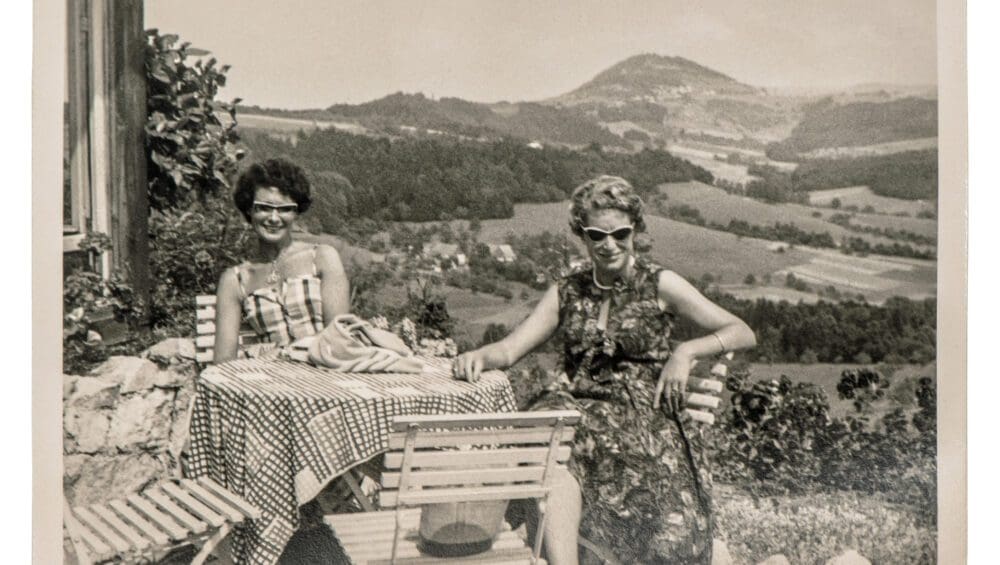
The Top 7 Tips for Restoring Photos and Why You Should Do It
Photographs are not just snapshots; they are fragments of our memories and cherished moments frozen in time. Unfortunately, the ravages of time can take a toll on these precious images, causing fading, discoloration, scratches, and other damages. That’s where photo restoration comes in. Restoring old photos allows us to breathe new life into these nostalgic treasures, preserving them for future generations. In this blog post, we will share the top 7 tips for restoring photos and explain why investing time and effort into this process is truly worthwhile.
Handle with Care
When starting a photo restoration project, the first rule is to handle the original photos with extreme care. Use clean hands and work in a clean, dust-free environment. Always support the photo from beneath, and avoid touching the image surface. If needed, wear cotton gloves to prevent fingerprints or oils from transferring onto the photograph.
Scan and Digitize
Before embarking on any restoration work, it is crucial to make high-resolution scans of your original photos. Digital copies provide a safety net, allowing you to work on a duplicate file while preserving the integrity of the original. Use a flatbed scanner or a reputable scanning service to capture the highest quality images possible. Ensure that the scanner bed is clean and free of dust or debris to avoid unwanted artifacts.
Assess the Damage
Thoroughly examine the scanned images to identify the specific damages and imperfections that need restoration. Look for scratches, tears, discoloration, fading, or any other issues. Zoom in on the image and assess the level of detail needed for restoration. This step will help you prioritize the areas that require the most attention during the restoration process.
Use Non-Destructive Editing
When restoring photos digitally, it’s crucial to employ non-destructive editing techniques. Working on a duplicate file, use software like Adobe Photoshop to create adjustment layers, clone stamp tool, healing brush, and other non-destructive tools. These techniques allow you to make changes without permanently altering the original image, ensuring reversibility and preserving the photo’s integrity.
Restore Colours and Contrast
Over time, photos can lose their vibrancy, and colours may become faded or distorted. Utilize colour correction tools to restore the original hues. Adjust the brightness, contrast, and levels to improve overall tonality. Be careful not to overdo the adjustments, as it can result in an unnatural appearance. Aim for a balance that retains the original aesthetic while enhancing the image’s clarity and impact.
Repair Scratches and Tears
One of the most common issues in old photos is the presence of scratches, tears, or missing parts. Use the clone stamp tool or the healing brush to carefully repair these damages. Match the surrounding areas, textures, and patterns to seamlessly fill in the missing details. For more complex repairs, such as reconstructing facial features, consider seeking professional assistance or advanced software tools.
Preserve and Store
Once you have successfully restored the photos, it’s crucial to preserve and store them properly. Print the restored images using high-quality archival paper and inks to ensure longevity. Store the original photos in acid-free archival sleeves or albums, keeping them away from excessive heat, humidity, and direct sunlight. Additionally, create backups of your digital files and store them on multiple storage devices or in the cloud to prevent loss or damage.
Why You Should Restore Photos
Restoring photos is not just about improving their visual appeal; it’s about preserving cherished memories and passing down a tangible piece of history to future generations. These restored photos provide a glimpse into the past, allowing us to connect with our roots and share stories with loved ones. Moreover, the restoration process itself can be a deeply rewarding and therapeutic experience. It requires patience, attention to detail, and a genuine appreciation for the art of photography.
Restoring photos is a meaningful endeavour that breathes new life into faded memories and preserves them for the future. By following these top 7 tips, you can embark on your photo restoration journey with confidence. Remember to handle original photos with care, make high-quality scans, assess the damages, utilize non-destructive editing techniques, restore colours and contrast, repair scratches and tears, and finally, preserve and store the restored photos appropriately. Embrace the beauty of preserving the past and enjoy the process of reviving the timeless treasures captured in those photographs.











